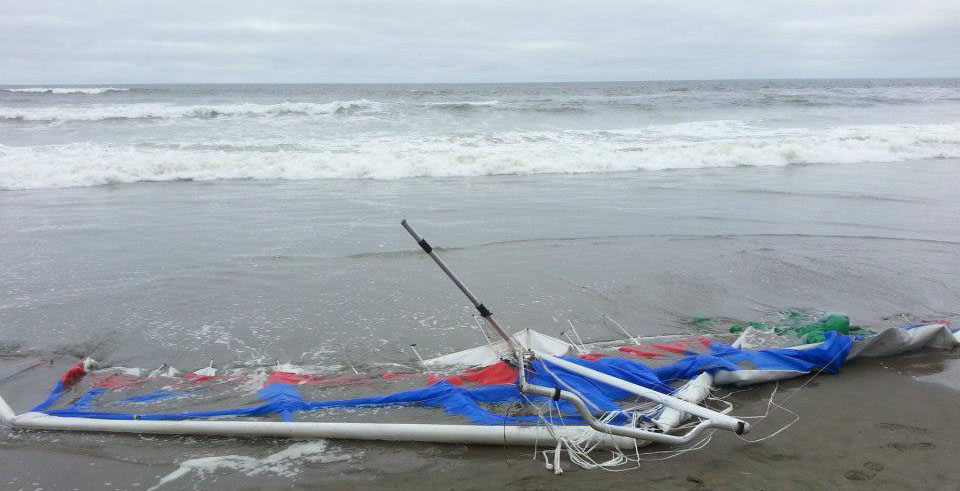
Hang glider repair and maintenance in Pacifica, CA
To order a glider or parts (Wills Wing or Moyes), see details on my other site, California Hang Gliding.
Very detailed maintenance, fast parts service, 10/10 would use again.
– Takeo
Dave is the go to person for all HG repairs. Very reliable, knowledgeable and communicative, with several years of experience with gliders. Very reasonable rates.
– Abhishek
Just wanted to say thank you one more time. I didn’t have much time to speak with you yesterday as I was itching to get into the air. I wanted to say the glider flew beautifully and I had a great time. Nice work.
– Dave Jacob
Skip To
Rates
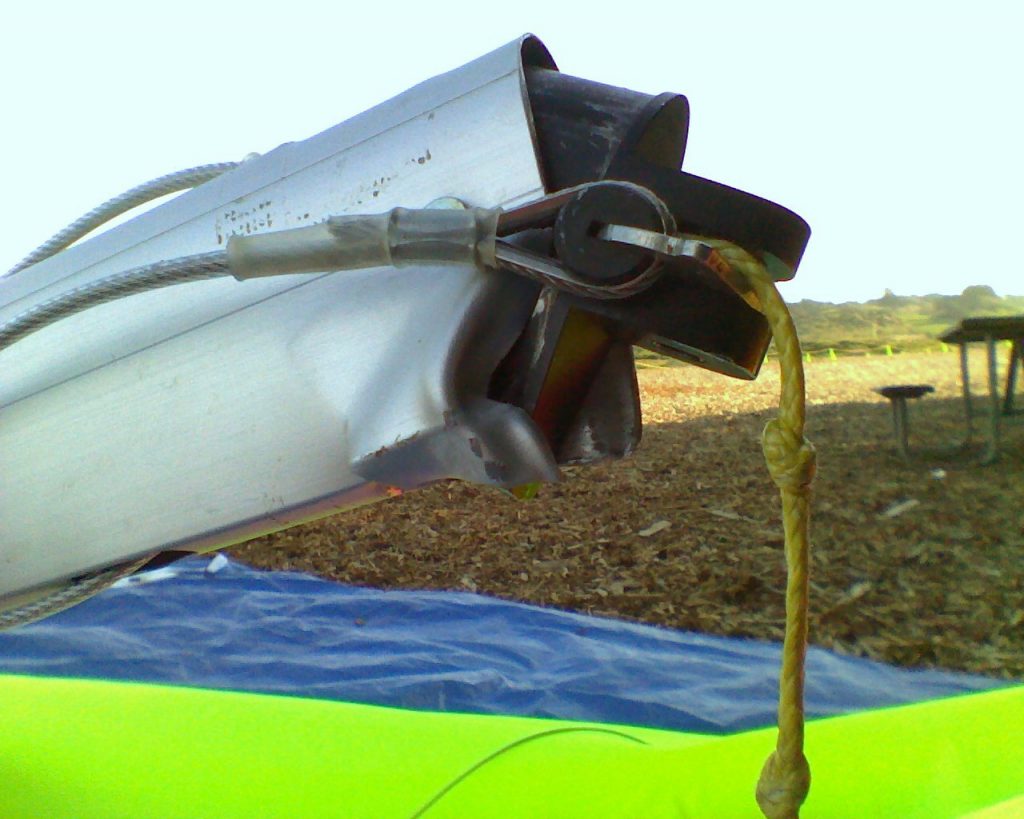
| Bottom side wires replacement | $80 |
| VG service | $130 |
| Mylar LE inserts recondition | $120 |
| Sail-off inspection + test flight | $350 Falcon $400 most WW & all Moyes $500 T3/T2 |
| New sail install + frame inspection + test flight | sail off inspection price + $100 (50% off if you buy the sail through me) |
| Other work | By quote |
– Overlapping jobs are billed at a lower rate.
Bottom Side Wires Replacement
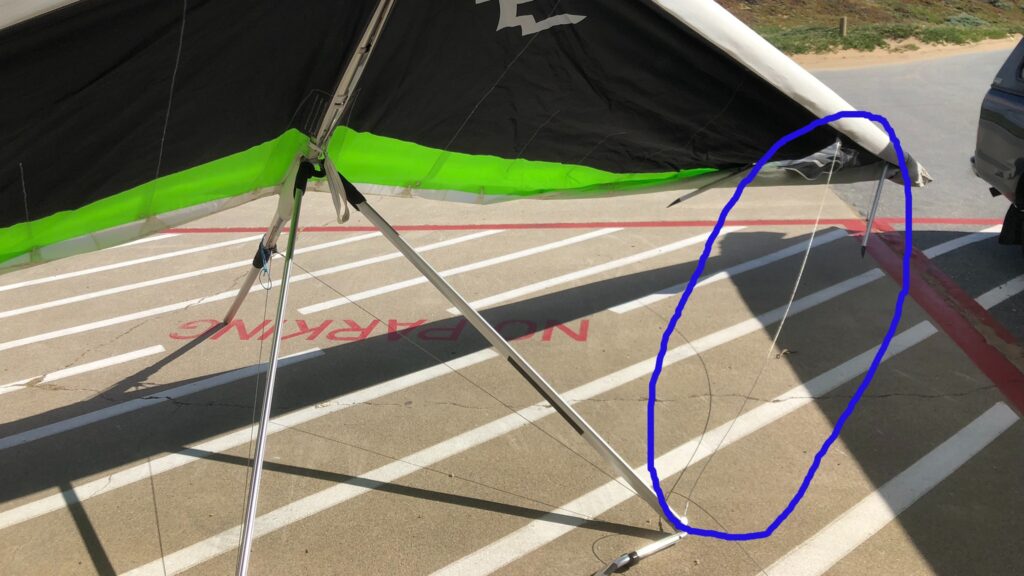
I recommend changing these out every 2 years of frequent flying, which is what I do on my own gliders.
The bottom side wires are the most common maintenance item on every model of glider. Unlike any other flying wire, a bottom side wire break renders the glider totally uncontrollable. They can get damaged over time from hard landings, setup errors, kinks, exposure to salt water, abrasion, aerobatics, and repeated use.
Replacing these periodically is also a good practice because it’s an opportunity to check components in the control frame and xbar-LE areas that are often damaged or misassembled.
This job requires new nuts, a special punch (on some gliders), and nuts must be reinstalled with the correct tension to allow the tangs to self-align. After replacement I set the glider up partially to verify correct alignment of parts and load test the wires.
VG Service
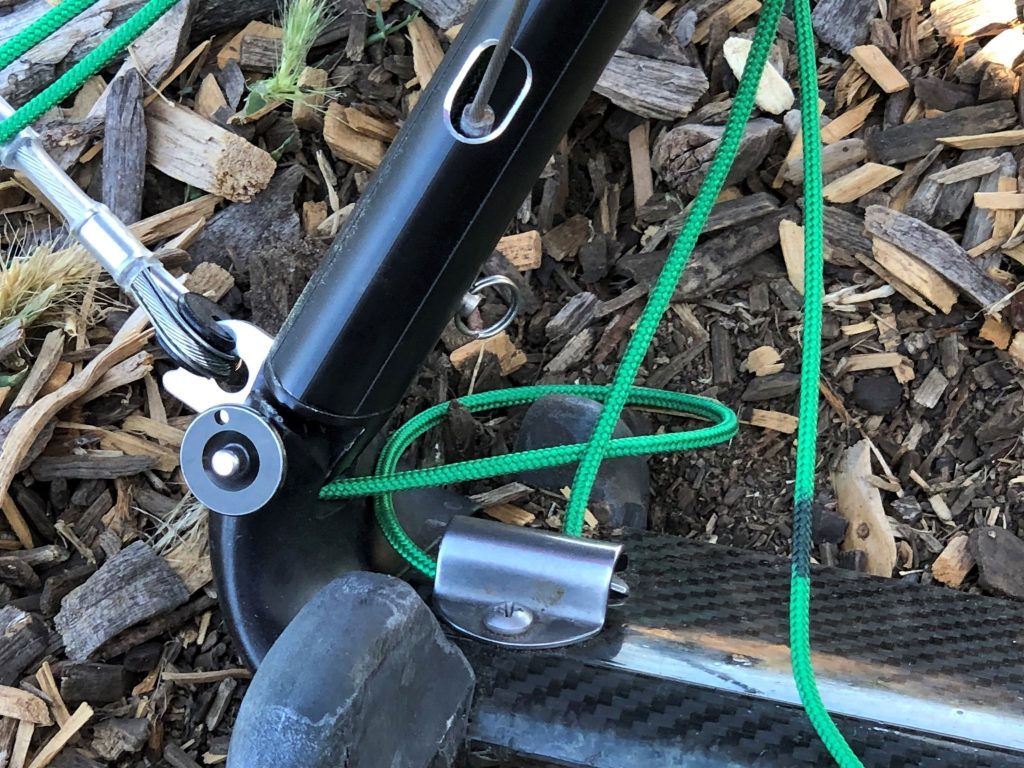
I will get your VG pulling like new again.
The VG system works best when several parts in your glider are as low-friction as possible. These parts wear, become dirty, need lubrication, and are sometimes misassembled.
I replace the lower VG rope, check the pulleys, bearings, xbar-LE connections, noseplate connections, keel slider, and basetube corner bracket, replacing or lubricating parts as necessary. Rope and parts are extra.
The upper VG rope, which goes along the keel, normally does not need replacing unless it is fraying. The lower VG rope starts at a point inside the downtube and needs periodic replacement because of abrasion and dirt.
I have been replacing the lower WW VG rope with this one.
Sail-Off Inspection
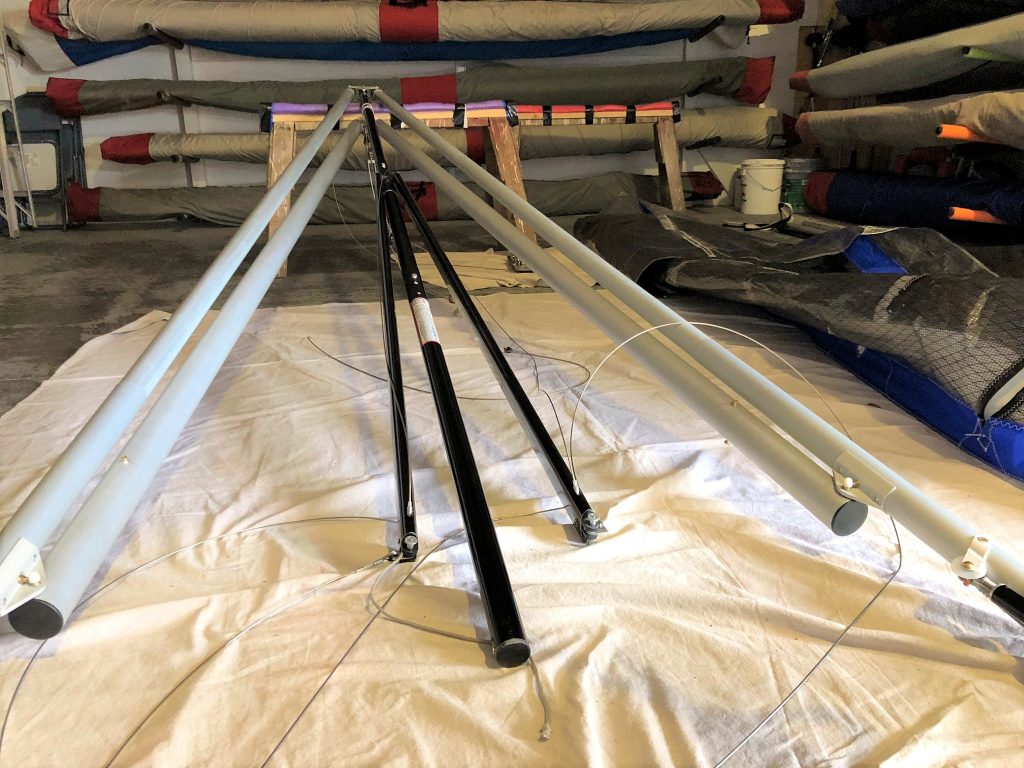
This involves pulling the sail completely off the frame and disassembling several components to check for wear and damage.
I recommend it every 2 years of frequent flying, which is what I do on my own gliders, or after major structural damage.
Full details here: Sail Off Inspection
Lubrication
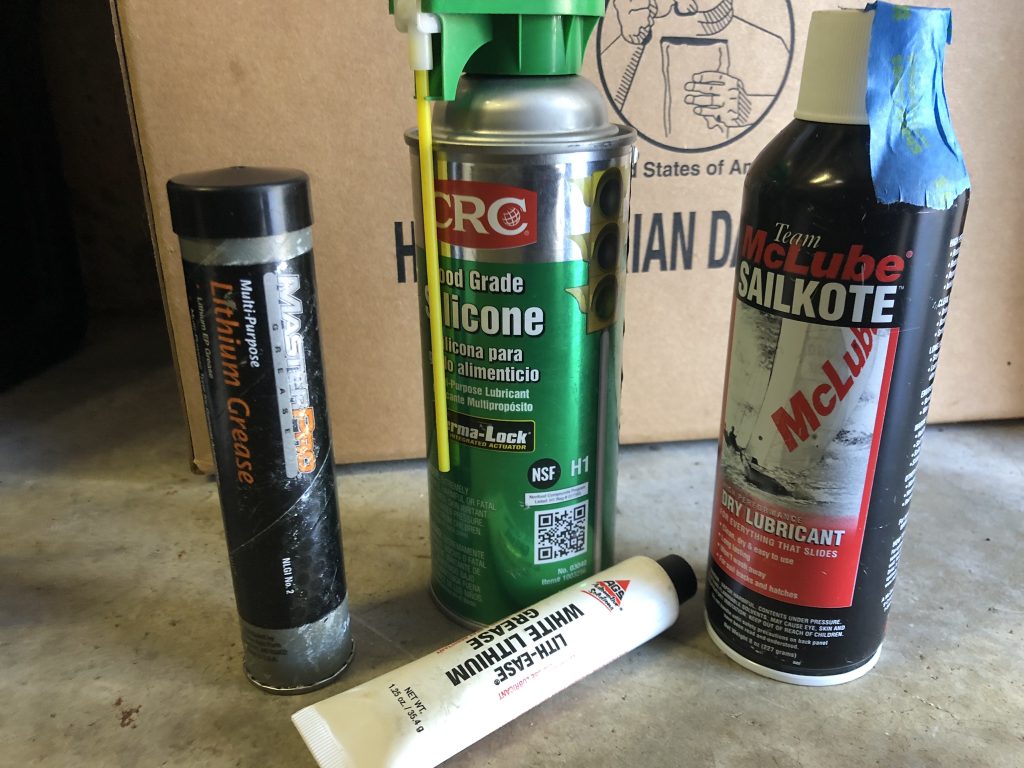
Based on manufacturer recommendations and my experience, for any glider where applicable I recommend lubricating the keel slider area, tip wands and receptacles, battens, VG bearing, and glider bag zipper. I use a few different lubricants depending on the location/material. This will keep everything moving the way it should during setup and flight and help parts last to avoid costly replacements.
If your VG is getting hard to pull or your sweep wire is getting hard to tension, lubrication should help. It could also be something too tight or misconfigured, which I would find in a sail-off inspection.
New Sail Install
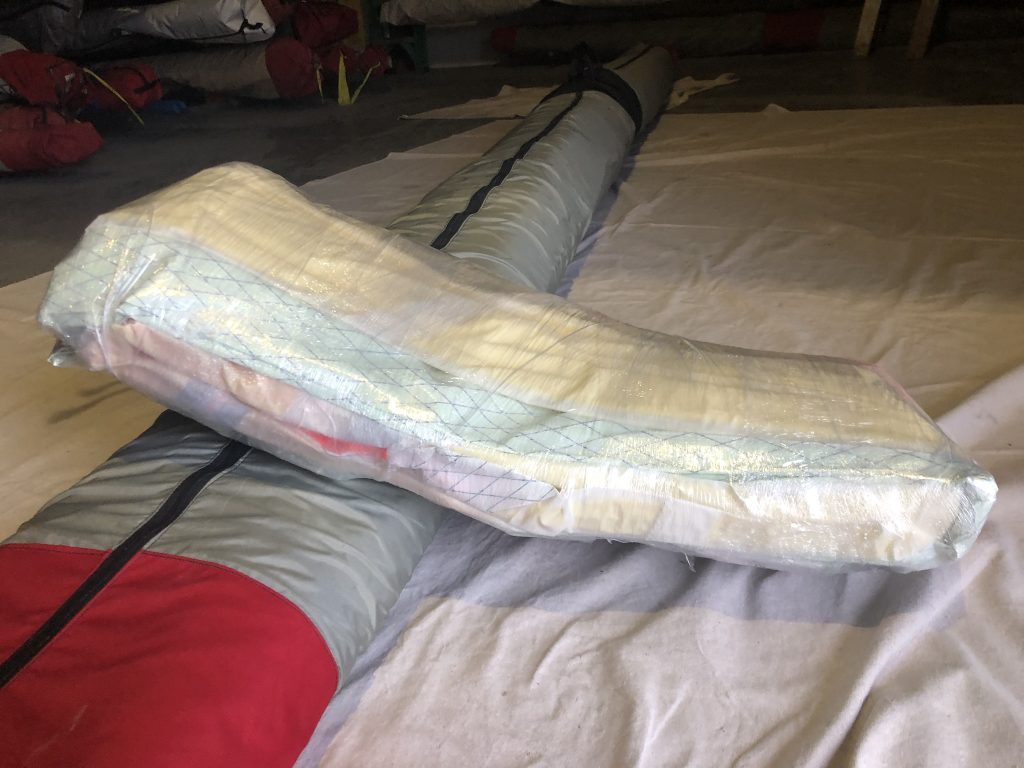
Instead of getting a new glider, replacing a worn-out sail is cost-effective if the frame is in good shape. It’s like getting a brand new glider for half the cost.
Wills Wing will make new sails for many modern-ish models such as the Falcon 3, Sport 2, and T2.
A Moyes Litespeed S or RS can be upgraded to an RX!
Full details here: Replacement Sail Installation
Mylar LE Inserts Recondition
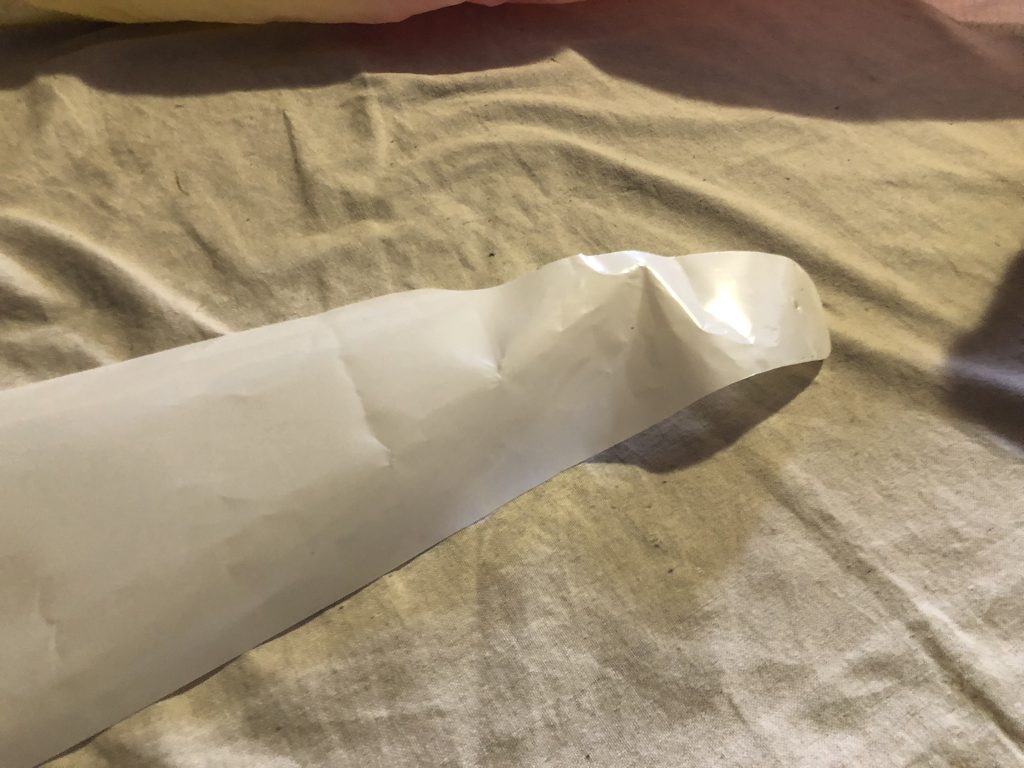
Your leading edge sail depends on mylar inserts inside for a good airfoil shape. Creases and wrinkles on the mylar inserts are caused by tight sail ties, being tied onto racks, and unavoidably folding the tips. They cause your glider to have worse handling and predictable flying characteristics and cause a turn tendency in one direction.
I remove the mylar inserts from your sail, use a careful application of heat that brings them back reasonably flat, and reinstall them. This costs you less than half of what new inserts plus installation would be, or even less if I do it during the process of an inspection.
Sail Repair
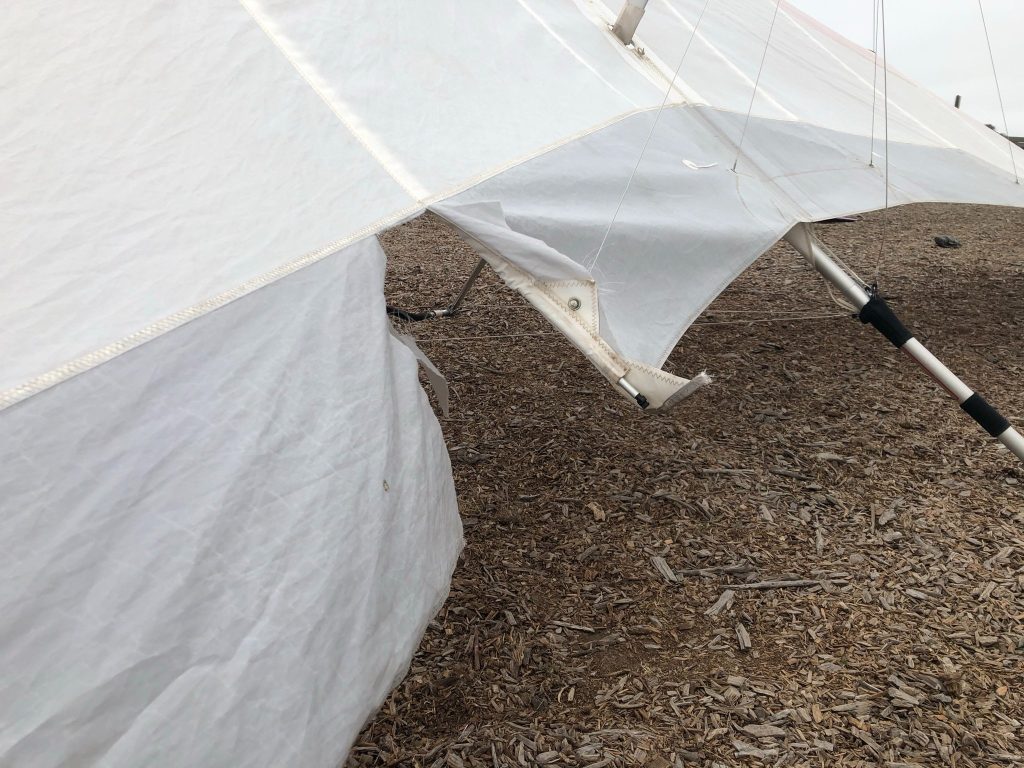
I coordinate with a local professional who does a great job replacing entire panels. If it’s a small wear hole in an area that is not in danger of tearing further, I apply sail tape appropriate for the material.
Contact
or call David Kiesling 510-754-6842
